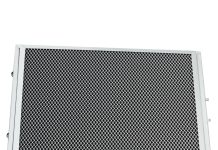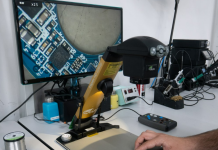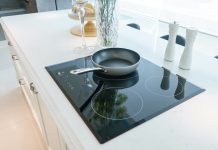Ellediesse Cold Plate is a line of heat sinks with forced circulation of liquid, designed for applications with very high thermal loads. “There are different methods of construction – the company explains – ranging from aluminum plate with copper tube placed inside, to the formation of more perforated plates matching profiles for particular performances obtained by mating two shells made with a machine tool to derive the funnels for the coolant. All liquid cooled heat sinks are tested to a pressure of 8 bar in order to ensure that there is no leakage of liquid.
Besides, the use of water-cooled heat sinks is becoming increasingly common in response to the need of dissipating high power in small spaces and without the use of fans with high air flow. In fact, the water, in virtue of a specific heat much higher than air, is far more effective as a vector fluid in removing heat from a warm body. A small pump allows the circulation of fluid which must be cooled through a heat exchanger, a remote heat sink or air-cooled by means of a refrigerating unit. The heat sink plates which are water-cooled find their ideal application whenever it is in the presence of high power and where the thermal load is localized”.
As regards to the Pipe Cold Plate constructive typology, a continuous tube of copper, aluminum or stainless steel is inserted inside a machined plate of aluminum or copper on which the power component will then be set. “The peculiarity of the system – Ellediesse says – is that the holes for the fixing screws do not have rigid constraints of neither position nor of depth and can be made on both sides of the heat sink. There can be two versions of the heat sink, one with the sight tube and the other with a drowned tube”. As regards to the perforated plates constructive typology, a very thick plate is perforated in order to create inside it a guided path for the refrigerant fluid; the holes are then closed on the outside thanks to screw caps. Finally, the mentioned systems can be coupled with refrigeration units proposed.




